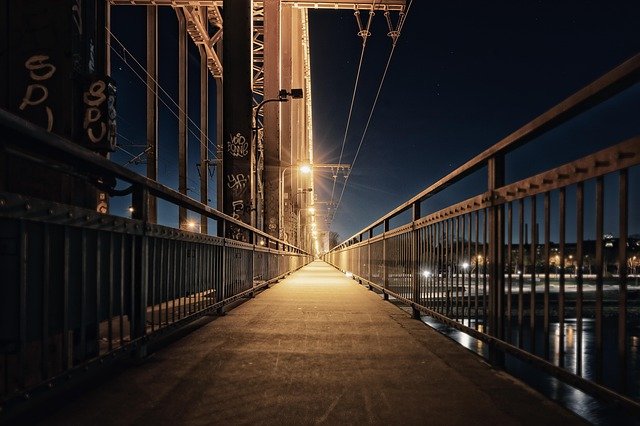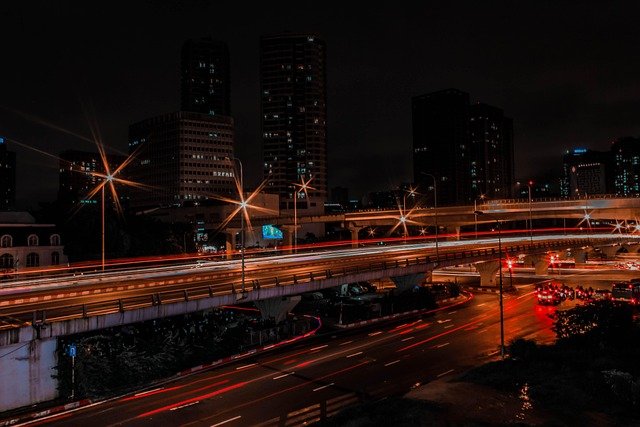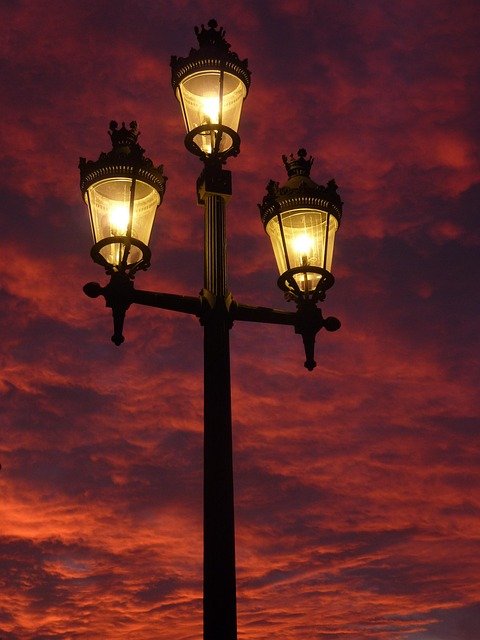In the contemporary age of smart outdoor lighting, where proficiency, computerization, and wellbeing are important primacies, the role of a photocontrol — often mentioned as a dusk-to-dawn sensor — is more vital than ever. Though it may seem like a small component, its role directly effects the performance, dependability, and lifecycle of the whole illumination system.
A wrong фотоэлемент selection can lead to severe project hindrances, with everyday catastrophes, needless upkeeps, or even tender ineligibility due to accreditation issues. So, understanding how to select the correct street light controller is vital for every illumination engineer, EPC worker, and project supervisor.
At Lead-Top, a international leader in outdoor lighting photocontrol solutions, widespread field experience crosswise 40+ nations has revealed the top five photocell selection mistakes that cost firms time and money — and how to avoid them.
Let’s explore these serious mistakes and the best practices to evade them.

Mistake 1: why is Ignoring Certification Requirements for Tenders is a major mistake in photocell selection?
One of the most common photocell selection mistakes happens when engineers oversee certification acquiescence for local or global tenders. Certifications are not just procedures — they safeguard product security, compatibility, and dependability under diverse electrical and environmental standards.
As, public illumination projects in North America need products certified under UL773, ANSI C136.10, or ANSI C136.41. These standards define electrical safety, interface compatibility, and performance dependability for street light controllers. Likewise, projects in Europe or Asia demand CE, CB, and RoHS accreditations, guaranteeing that the devices meet stern security and environmental procedures.
Overlooking these certifications can result in:
- Tender refusal or project ineligibility.
- Insurance non-compliance for installed systems.
- Safety hazards and undetectable product catastrophes.
| Consequence of Overlooking Certifications | Description / Impact |
| Tender Refusal or Project Ineligibility | Chances of tender disqualification if obligatory accreditations are omitted. |
| Insurance Non-Compliance for Installed Systems | Absence proper accreditations can void insurance coverage, making the installer or supplier responsible for any indemnities or failures in the illumination system. |
| Safety Hazards and Undetectable Product Catastrophes | Non-certified photocontrols may breakdown or fail under stress, causing electrical hazards, fire risks, or permanent dependability matters that are difficult to notice before major failure. |
Решение:
Each time select certified dusk-to-dawn sensors. For instance, Lead-Top’s LT124, LT134, LT600, and LT605R models are UL-listed and ANSI-compliant, featuring laser-engraved serial codes for traceability. This guarantees full acquiescence in administration, urban, or EPC illumination ventures, decreasing the risk of post-installation clashes or audits.
Mistake 2: Why should you avoid Using Thermal-Type Photocells with LED Fixtures?

One pricier photocell selection mistake rises from using thermal-type photocells in LED-based systems. While these older models performed sufficiently with HID or incandescent lamps, they are mismatched with contemporary LED drivers.
Thermal photocells use bimetallic strips that physically bend in response to heat variations caused by light intensity. Though, LED fixtures work at much lesser current and temperature levels, making these sensors prone to:
- Late response times, leading to unpredictable switching.
- Everyday breakdowns in cold or humid surroundings.
- Reduced lifecycle due to electrical incompatibility.
Решение:
Go for electronic-type photocells, which use solid-state light sensors and microcircuit control for accurate dusk-to-dawn action. Lead-Top’s LT134 and LT154 are made exactly for LED streetlight controllers. These models guarantee rapid reaction, lengthier working life, and compatibility with up-to-date driver circuits — perfect for smart outdoor lighting systems.
Mistake 3: What Happens If You Ignore Surge Protection in Photocell Design?
In open-air environments, electrical surges because of lightning strikes or power variations are a continuous risk. Devoid of proper safety, these surges can promptly terminate the photocontrol, LED driver, or even the whole streetlamp.
Numerous project fiascos arise because engineers select photocells devoid of built-in surge protection. A single lightning event can lead to hundreds of malfunctioning streetlamps — causing costly substitutions, warranty claims, and consumer displeasure.
Решение:
Choose photocells fortified with MOV (Metal Oxide Varistor) surge protection. This technology absorbs and diverts high-voltage spikes, averting destruction to the circuit.
Такой как:
- Standard surge ratings: 475J, 950J, and 1425J
- High-end protection: The Lead-Top LT134 or LT124 can withstand up to 1425 Joules, 20kA / 10kV, making them perfect for harsh and lightning-prone regions.
Mistake 4: How Can an Incompatible Socket Interface Derail Your Lighting Project?
One more ignored part in how to choose a street light controller is the socket interface. Not every photocontrol fits all luminaire type. Using the incorrect interface can lead to poor contact, communication catastrophe in smart systems, or even physical mismatch during connection.
Here’s a quick breakdown of the most common interfaces:
- NEMA 3/5/7-pin: Standard in North American infrastructure for old-style and smart streetlights.
- Жага Книга 18: Compacted, modular interface extensively used in smart city lighting systems.
- E26/E27 screw base: Made for domestic or DIY illumination solutions, usually seen in lawn or wall fittings.
Решение:
Match your photocontrol interface with the luminaire and project requirements:
- НЕМА-compatible models: LT605, LT615, LT625, LT635, LT645
- Zhaga-compatible models: LT600, LT6001
- Screw-in types: LT500 series — ideal for consumer lighting or e-commerce market
Mistake 5: Why Does Environmental Resistance Matter So Much in Outdoor Photocontrols?
Outside illumination fittings experience severe environmental strain — from sub-zero temperatures to boiling heat, from salted coastline air to desert dirt. Devoid of satisfactory guard, even a high-quality photocell can fail ahead of time.
Environmental dreadful conditions can cause:
- Moistness ingress, leading to short circuits.
- UV-induced plastic aging, causing cracks and leakages.
- Abbreviation or corrosion, decreasing sensor accurateness.
In highland areas, low temperatures can make plastic housings brittle, while tropical zones face dampness and salt spray that disintegrate internal components.
Решение:
Select photocells designed for rough outdoor performance. Lead-Top’s advanced designs include:
- IP66 / IP67 waterproof rating — guaranteeing full defense in contradiction to rain and dirt.
- UL94-V0 flame-resistant housing — minimalizing fire possibilities.
- UV-stabilized polycarbonate enclosure — repelling sun destruction.
- Sealed PCB layout — averting condensation and erosion.
These features guarantee long-term durability, making them ideal for smart metropolitan illumination, freeway systems, and industrial areas where dependability is key.
How Does Choosing the Right Photocell Lead to Project Success?
Ultimately, a photocell is more than just an attachment — it’s the brain of an open-air illumination system. When selected intelligently, it guarantees each light turns on and off robotically, enhancing energy proficiency, communal protection, and upkeep expenses.
A well selected dusk-to-dawn sensor safeguards that your lighting project is:
- Compliant with local and global principles.
- Reliable, in thrilling weather or voltage circumstances.
- Cost-effective, with lesser miscarriage rates and abridged upkeep.
| Advantage of a correctly selected Dusk-to-Dawn Sensor | Description / Impact |
| Compliant with Local and International Principles | Guarantees the illumination system meets global standards and local regulations, evading legal or certification problems. |
| Reliable in Extreme Weather or Voltage Conditions | Provides steady performance in severe surroundings such as high moisture, temperature differences, or voltage variations, guaranteeing reliable illumination control. |
| Cost-Effective with Lower Failure Rates and Reduced Maintenance | Reduces component fiascos and upkeep visits, resulting in long lasted savings and better working efficiency. |
At Lead-Top, each product is made with the consumer’s extensive goals in mind. From simple photocontrols to smart adaptive lighting controllers, the company’s lineup meets varied needs — whether it’s for urban street lighting, industrial sectors, or domestic mechanization.
Final Words: How to Avoid the 5 Costly Photocell Mstakes
Finally, selecting the correct outdoor lighting photocontrol is not just about price — it’s about performance, defense, and mental peace. With the selection of correct companion having technical know how you can attain success in every venture.







